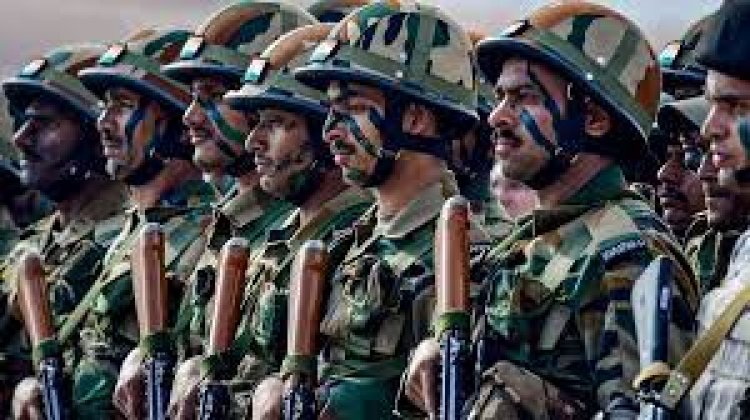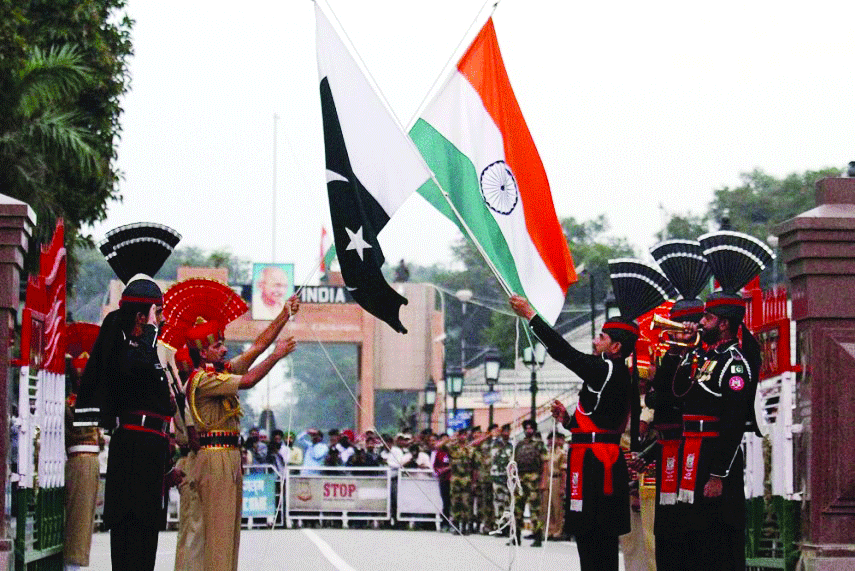Two-Front War Would Mean Defeat: Gen Naravane
STORIES, ANALYSES, EXPERT VIEWS

Discussing a two front war scenario, General Manoj Mukund Naravane (retired Indian Army General who served as the 28th Chief of the Army Staff) first states “it is crucial to recognise the vast difference between preparing for a two-front threat and actually fighting a two-front war.….”
Preparing for a two-front threat is not the same as fighting a two-front war
Preparing for a two-front threat “involves structuring forces to counter the potential threat on each front. In India’s context, this includes having more mechanised formations for the western front and more infantry for the northern front. Even the nature and type of artillery for each front would be different, as would be the composition of combat support and administrative elements. The doctrines for operations on these fronts – rapid deep thrusts by mechanised forces in the plains and deserts in the west, as opposed to dogged time-consuming infantry assaults in mountainous terrain to the north would also differ significantly, as would the training requirements.”
Interior, Exterior lines of communication
For the military in an operational setting and for the country at the strategic level, the former army chief states “a two-front scenario boils down to whether one is operating on Interior or Exterior lines of communication. If the lines connecting the base (where the Army draws its strength) and the front (where the fight is) are divergent, the force is operating on Interior lines of communication. Conversely, if the lines joining the base(s) and the front are converging, then the force is operating on Exterior lines of communication. As operations unfold, the components of the force operating on Interior lines spread further apart and dissipate, while those on Exterior lines converge towards a common objective, resulting in a concentration of force – a key principle of war. The Bangladesh Liberation War of 1971 is a classic example of how a force operating on Exterior lines defeated an equally matched force on Interior lines………Nine out of ten times the force operating on Exterior lines will emerge victorious….”
History is replete with “examples where fighting on multiple fronts simultaneously has almost always resulted in defeat. There have been a few campaigns and battles though – one out of ten – where forces on Interior lines have prevailed, but the causes for such victories lie elsewhere. These battles are the exceptions that prove the rule. At the level of grand strategy, fighting a full-fledged two-front war is a no-go, whether for India or any other country.”

















